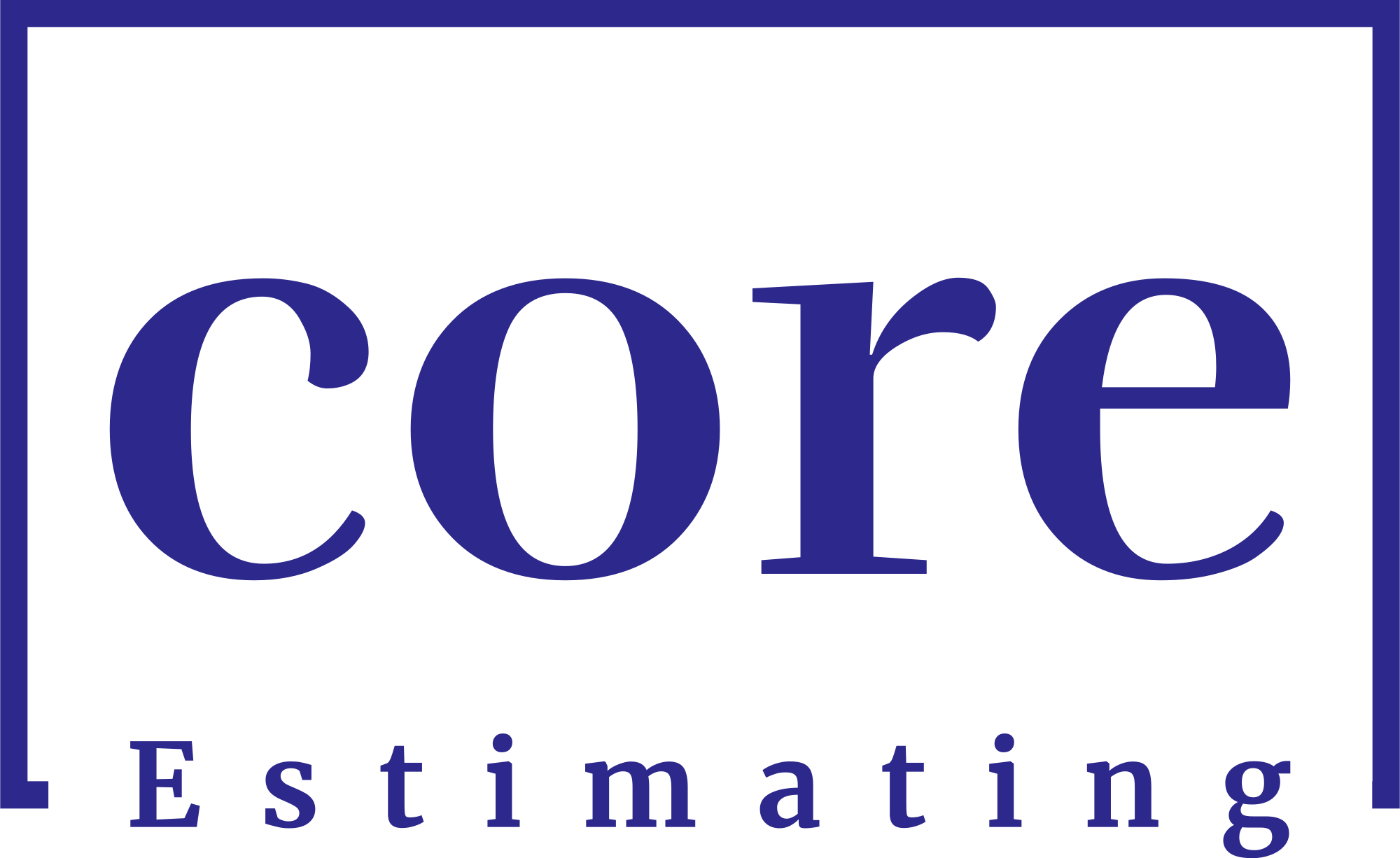Cost is a fundamental concept in business and finance. It represents the amount of money or resources required to produce goods or services. Understanding the different types of costs is essential for effective financial management and decision-making. In this article, we will delve into the seven types of costs that businesses encounter.
If you’re in need of construction estimate services, simply go to homepage or follow the links below:
| Services | Links |
|---|---|
| Detailing Services | Link |
| Building Information Modeling | Link |
| General Contractor | Link |
| Subcontractors | Link |
| MEP | Link |
Introduction
Costs are incurred by businesses in various forms and have a direct impact on profitability. By categorizing costs into different types, businesses can gain a deeper understanding of their financial structure and make informed decisions. Let’s explore the seven types of costs in detail.
1. Fixed Costs
Fixed costs, also known as overhead costs, are expenses that remain constant regardless of the level of production or sales. These costs do not vary with the number of units produced or sold. Examples of fixed costs include rent, salaries of permanent staff, insurance premiums, and lease payments. Fixed costs are important to consider as they form the foundation of a business’s cost structure.
2. Variable Costs
Variable costs, unlike fixed costs, fluctuate in direct proportion to the level of production or sales. These costs change based on the quantity of units produced or sold. Examples of variable costs include raw materials, direct labor costs, packaging expenses, and sales commissions. Variable costs are closely tied to production volume and are crucial for calculating the cost per unit.
3. Semi-Variable Costs
Semi-variable costs, also known as mixed costs, exhibit characteristics of both fixed and variable costs. They have a fixed component that remains constant and a variable component that changes with production or sales volume. Examples of semi-variable costs include utilities (where there is a fixed connection charge plus variable usage charges), maintenance and repairs, and shipping expenses. Understanding the fixed and variable portions of semi-variable costs is important for accurate cost analysis.
4. Direct Costs
Direct costs are expenses directly associated with producing a specific product or providing a service. These costs can be easily traced back to a particular unit or project. Direct costs include the cost of raw materials, direct labor wages, and any other expenses that are exclusively tied to a specific product or service. Analyzing direct costs helps businesses understand the cost per unit and make pricing decisions.
5. Indirect Costs
Indirect costs, also known as overhead costs, are not directly tied to a specific product or service. Instead, they support the overall operations of a business. Indirect costs include rent, utilities, salaries of support staff, depreciation, and administrative expenses. Allocating indirect costs to different products or services can be challenging, but it is crucial for accurate cost analysis and profitability assessment.
6. Operating Costs
Operating costs encompass all expenses necessary to run a business on a day-to-day basis. These costs include both fixed and variable expenses required to maintain regular operations. Examples of operating costs include rent, salaries, utilities, marketing expenses, office supplies, and maintenance costs. Analyzing operating costs helps businesses evaluate their financial health and identify areas for cost optimization.
7. Opportunity Costs
Opportunity costs refer to the potential benefits or profits that are foregone when choosing one alternative over another. It represents the value of the next best alternative that could have been pursued but was not chosen. For example, if a business decides to invest in Project A, the opportunity cost would be the potential profit from Project B. Understanding opportunity costs is crucial for making well-informed business decisions and evaluating the trade-offs involved.
Conclusion
In conclusion, understanding the different types of costs is vital for effective financial management. By categorizing costs into fixed costs, variable costs, semi-variable costs, direct costs, indirect costs, operating costs, and opportunity costs, businesses can gain valuable insights into their cost structures. This knowledge enables businesses to make informed decisions, optimize costs, and ultimately improve their profitability.






